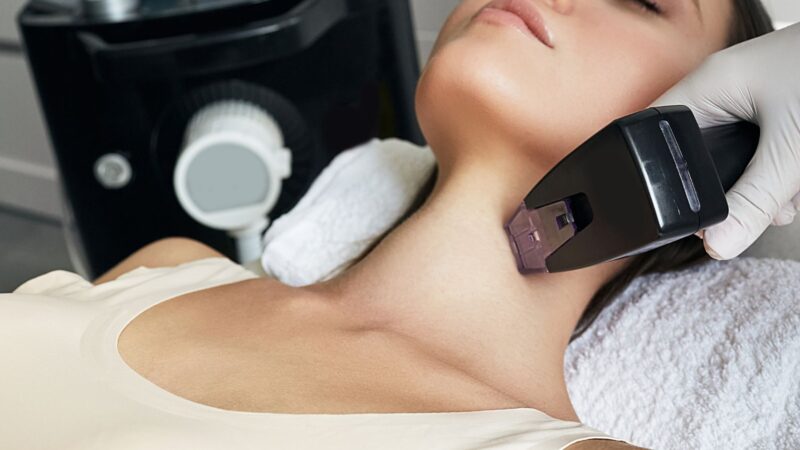
Recognizing when it’s time to seek treatment for alcohol use disorder (AUD) is crucial for recovery. Early intervention can make a significant difference in overcoming addiction and reclaiming your life. Here are the signs that indicate it’s time to seek professional help for AUD.
1. Drinking More Than Intended
If you frequently find yourself drinking more alcohol than you planned or drinking for longer periods than you intended, it’s a clear sign that you might need help. Losing control over the amount you drink is a hallmark of alcohol use disorder.
2. Unsuccessful Attempts to Cut Down
Have you tried to reduce your drinking or quit altogether but found it difficult or impossible? Repeated unsuccessful attempts to cut down or stop drinking indicate that you may need professional support to manage your alcohol use.
3. Spending a Lot of Time Drinking
If you spend a significant amount of your time drinking, recovering from drinking, or thinking about drinking, it’s a sign that alcohol is taking over your life. This preoccupation with alcohol can interfere with your daily activities and responsibilities.
4. Craving Alcohol
Experiencing strong cravings or urges to drink is a sign of dependence on alcohol. These cravings can be difficult to resist and may lead to compulsive drinking behaviors.
5. Neglecting Responsibilities
Alcohol use disorder often leads to neglect of important responsibilities at work, school, or home.

If you find that your drinking is causing you to miss work, perform poorly in your studies, or neglect your family, it’s time to seek help.
6. Continuing to Drink Despite Problems
If you continue to drink even though it’s causing problems in your relationships, health, or job, it’s a clear indication that you need treatment. Ignoring the negative consequences of drinking can lead to further harm and complications.
7. Giving Up Activities
Losing interest in activities you once enjoyed because of drinking is a significant warning sign. Whether it’s hobbies, social events, or other interests, abandoning these activities in favor of drinking suggests that alcohol is becoming too central in your life.
8. Drinking in Dangerous Situations
Drinking in situations where it’s physically hazardous, such as while driving or operating machinery, is a serious sign that you need help. Engaging in risky behaviors under the influence of alcohol endangers both yourself and others.
9. Developing a Tolerance
If you need to drink more alcohol to achieve the same effects you once did with less, it means you’ve developed a tolerance. Increased tolerance is a sign of physical dependence and a key indicator of alcohol use disorder.
10. Experiencing Withdrawal Symptoms
Experiencing withdrawal symptoms when you’re not drinking is a clear sign of dependence. Symptoms like shaking, sweating, nausea, anxiety, and irritability can occur when you try to stop or reduce your drinking. These symptoms can be severe and require medical attention.
The impact of alcohol use disorder on family dynamics is profound and multifaceted. Emotional
strain, breakdown of trust, financial difficulties, enabling behaviors, neglect of responsibilities, and the effect on children are just some of the challenges families may face.
However, with professional help, improved communication, and a supportive environment, families can navigate these challenges and support their loved one’s recovery journey.
Understanding and addressing the impact of AUD on family dynamics is crucial for fostering healing and resilience.












